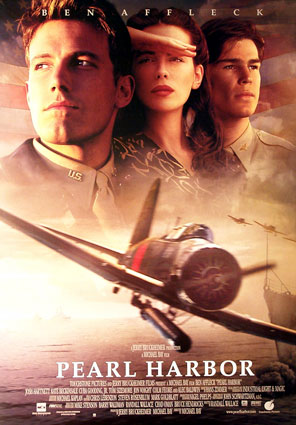As we were shown, different fonts are used for different movies. At first they may all appear to do not much at all, but they are somehow crucial. For our As Thriller, we are also asked to include a title and think about the font. A font should go with the film, for example, an old film (a film set in olden times) would have a serif font and a newer, more modern film (set in the present time) would probably use a sans serif font, the size (width and height) and the colour of the font.
So knowing that the font is an essential part of our thriller, as we will need to use it for our title sequence (for which we will use a program on the iMac called Livetype), I decided to do my own little bit of research into fonts to get a better idea of what kind is used for what type of film:
In this poster you can see a big guy, which is represented in the font. The two most significant words are big and bold and yellow, which matches the word fire and the fire in the background. This font seems to be used for a crime thriller.
This is a more sweet, girl-y font. Thin and sophisticated lines, make it look more of a film whose main character is a female. It somehow portrays innocence but with a twist, this thought comes from the whole poster as opposed to just the font.
This font looks more like something used for an action thriller. The is 'O' shaped as an eye. And as the previous font, this one has thin lines, also representing a female, but using capital letters giving it a more action-type edge to it.
This font seems to be more for a psychological thriller. The black letter with the white background, and the ink sort of running down which may represent loss. The incorporation of a head in the poster really gives it the psychological thriller feel. The font seems as it if were typed, like a creepy letter with the ink running down, it really plays with the mind.
James Cameron, Avatar- Font Analysis:
| Original Poster |
 |
| The subtitles for 'Avatar' in Papyrus font |
James Cameron used the Papyrus font for his film title, and he also used it in the subtitles for his film, 'Avatar'. Critics say it was a little over the top, however, I think he deserves a little credit for doing something different. I do agree with the critics however, as the font does not really link to the film but we somehow, as viwers, have gotten used to the font and really relate it to the film. (Original poster shown above the text).
However, with all that taken into account, can you imagine if it was done with comic sans font? Well you can see how it would look (below).
| The poster if it were in Comic Sans |
 |
| The subtitles if it were in Comic Sans |
























